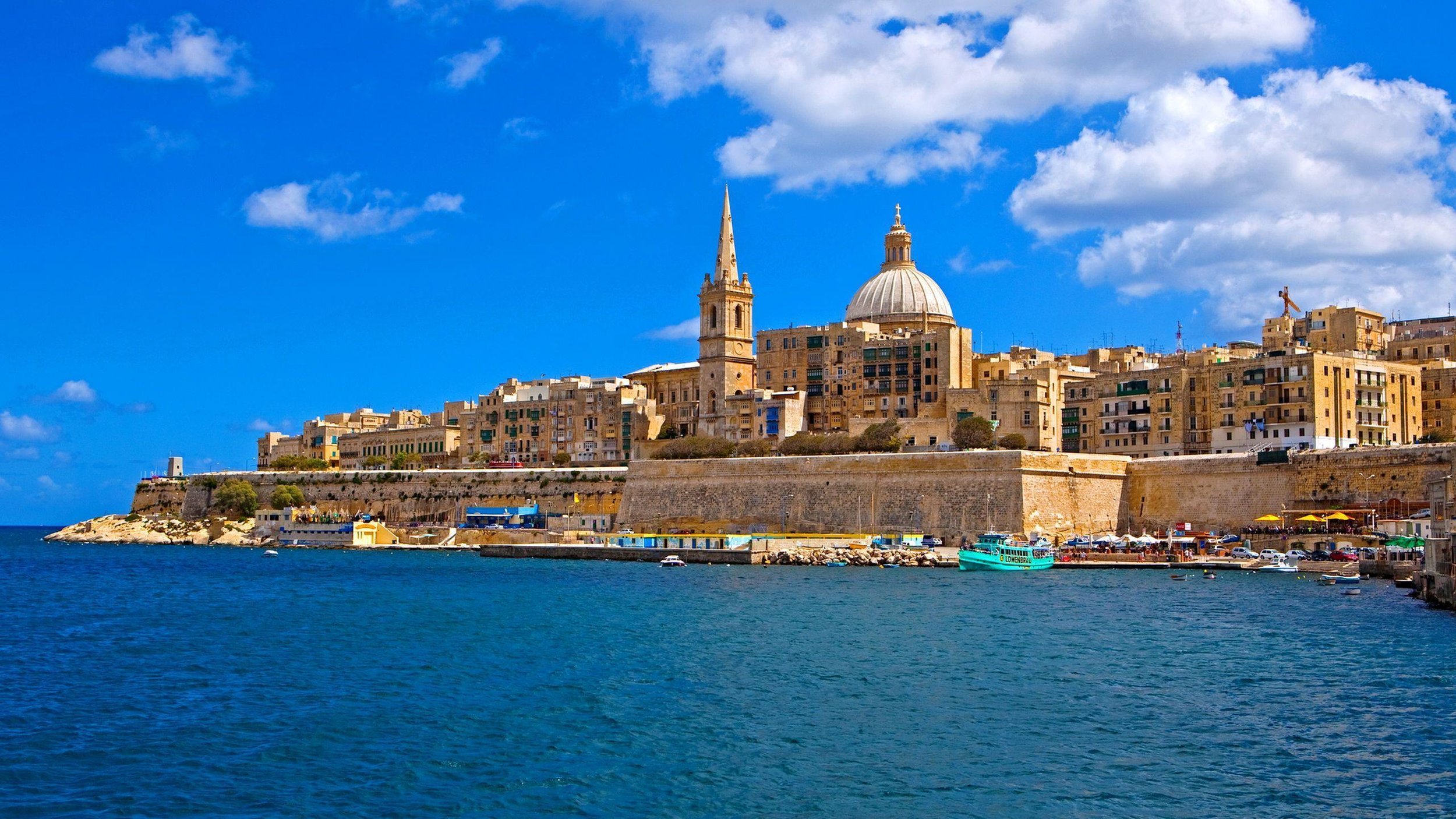
Malta
The general landscape of Malta consists of slightly hilly dry agricultural fields. Many roads are also only 1 or 2 lanes wide, due to the island’s size. Having a mediterranean climate, cacti and various dry shrubs can be seen.
The vast majority of buildings in Malta consist of low storey buildings, with white to beige coloured walls. Buildings made of limestone are also fairly common.
















